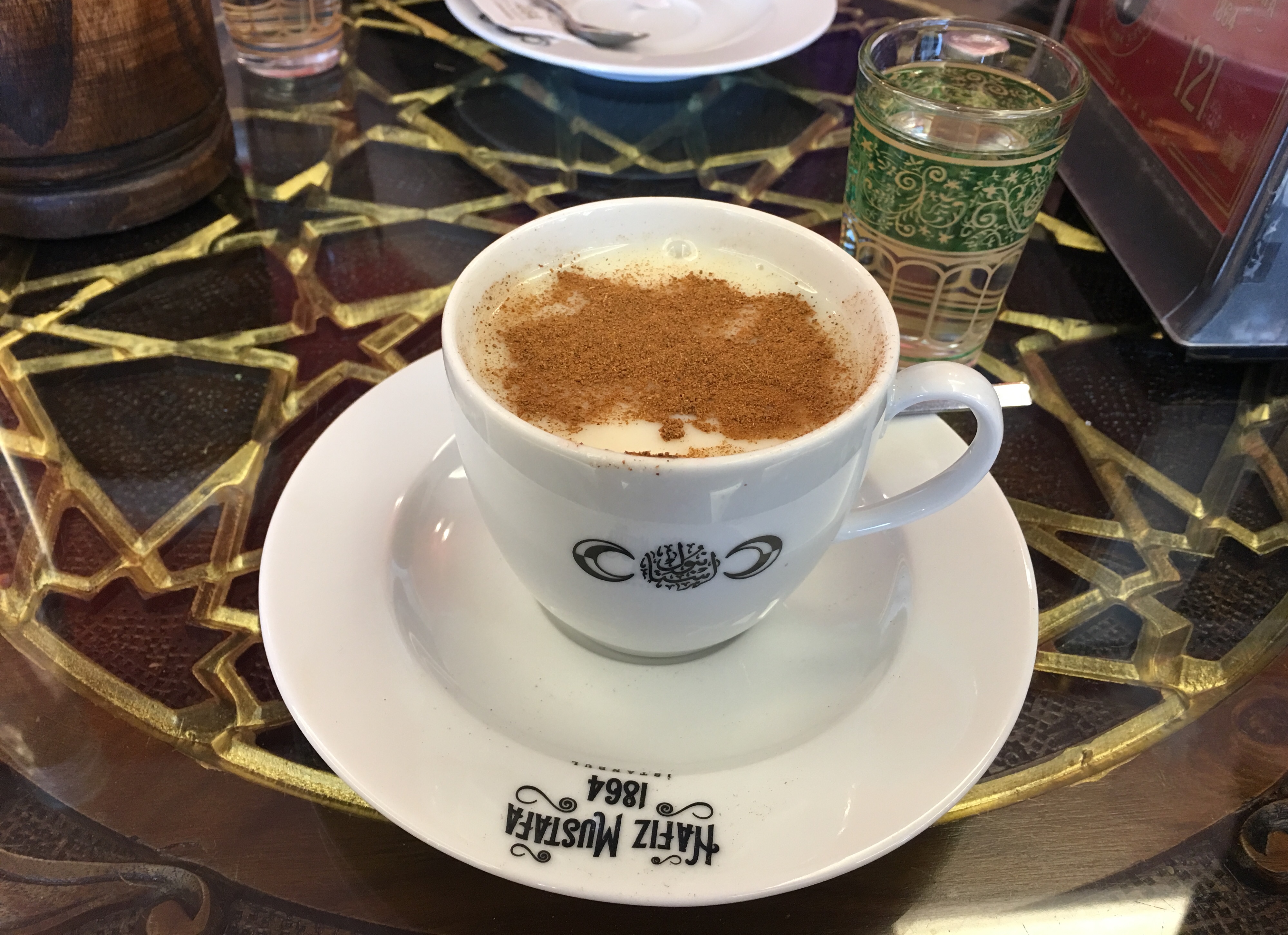Contrary to what a majority of people who are not very familiar with the region might think, Istanbul can be quite cold in winter. In fact, a lot of foreigners tend to think Turkey has a climate similar to the Middle Eastern countries further south. Always hot and under a scorching sun… Nothing could be farther away from the truth. Though each region might have different durations of seasons, Turkey is a four-season country and I love that.
Istanbul is the same… July and August can be unbearably hot and humid while winters can be very cold and wet. Nowadays it does not snow as much as it used to. I believe this is due to the increasing density of settlement and construction of high buildings. Nevertheless, heavy snow can still prevent easy access to certain districts of the city from time to time in winter. In today’s world, thanks to the accurate forecasts on television and mobile apps, the chance of your making a major mistake about weather when you travel abroad is quite low. In the old days, some travellers were taken by surprise when they came to Istanbul in winter. I especially remember a Norwegian guest who had come to Istanbul in January with only a light summer suit on and was shocked to see that it was 4 degrees centigrade outside!
In winter, I like hot drinks that warm your throat, and nothing compares to sahlep in that respect for me. It is made with milk and sugar but, the crucial ingredient of sahlep is orchid bulbs. Yes, the bulbs of those rare plants with beautiful flowers. The local orchids in Turkey are quite different from the ones that are imported from the Far East. They tend to spurt out under the pine trees, especially after rain. I myself, only saw a certain species a couple of years ago. I was taking a walk in the woods somewhere along the south west coast of Turkey. It was the end of October and suddenly it started to drizzle. In a short time, there was this blanket of purple flowers underneath the pine trees. A lady saw me gazing at them in amazement and smiled with sympathy. She said they were orchids.
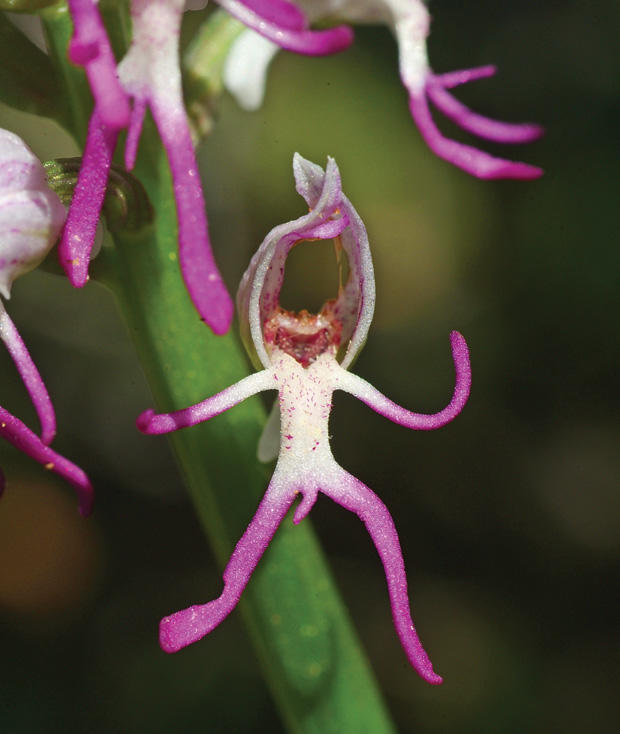
Source: ‘Orkide Peşinde Binlerce Kilometre’, Faruk Akbaş, Hürriyet Seyahat, 11.01.2017
Apparently, there are 150 different kinds of orchids in Turkey. Around 15 of these are endemic species, meaning that they are only found in Turkey and it is prohibited to take the bulbs out of the country. Sahlep, which is both the name of the drink and the powder ingredient that is obtained from orchid bulbs, is made from around 30 types out of all kinds of orchids in Turkey. Different regions use different kinds and the taste may differ a little. However, Orchis Anatolica is the most widely used species. There is also Ophrys Lycia, a rare kind found in the south west part of Turkey. All these kinds of orchids have local names such as Monkey Orchid, Bee Orchid etc.
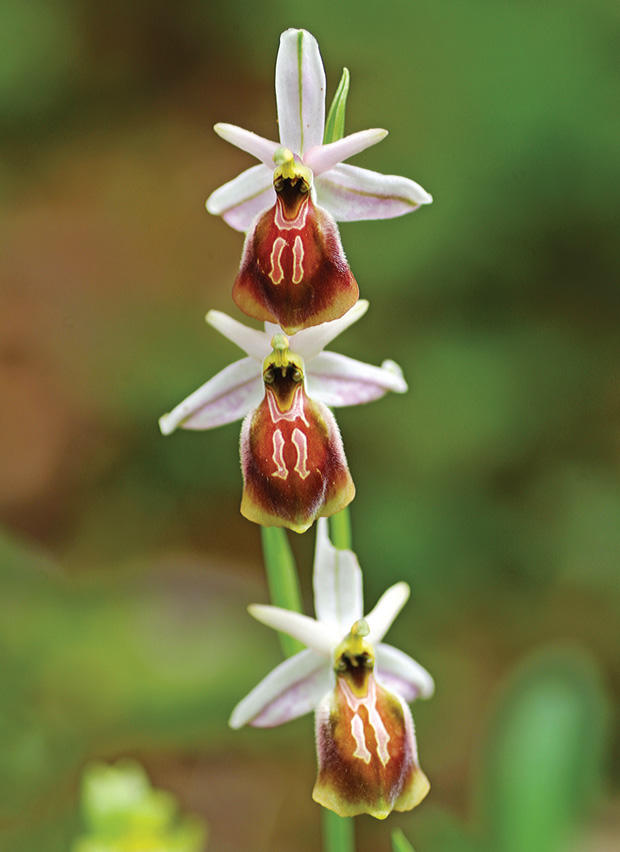
Source: ‘Orkide Peşinde Binlerce Kilometre’, Faruk Akbaş, Hürriyet Seyahat, 11.01.2017
Sahlep, which is also used in making ice cream in Turkey, has been a popular beverage for Turks since the 8th century, long before they came to Anatolia. It is known that, sahlep was used as a medicine for colds, sore throats, stomach aches and constipation in the 10th and 11th centuries. It was one of the favourite hot drinks of the Ottoman Sultans too.
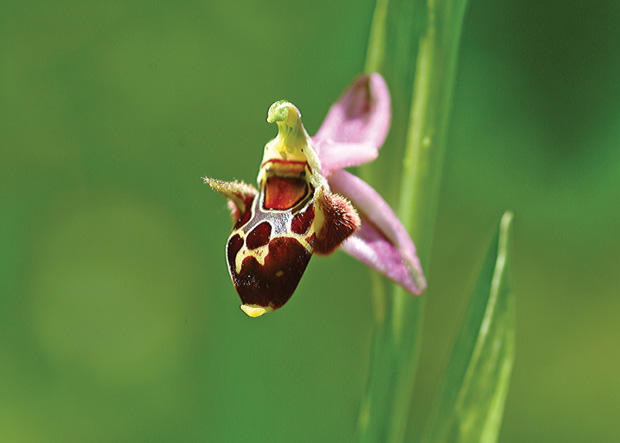
Source: ‘Orkide Peşinde Binlerce Kilometre’, Faruk Akbaş, Hürriyet Seyahat, 11.01.2017
The production of sahlep from orchid bulbs is a tedious process. The bulbs are dug out while the flower is still in bloom. They are washed and crushed to obtain a powder. The powder is then used in sahlep or ice cream production. Unfortunately, this production has been the major cause of the extinction of certain types of orchids in Turkey. According expert botanists, 1000-4350 orchid bulbs (depending on the type) are needed to produce 1 kilo of sahlep powder. Keeping in mind that the yearly consumption of sahlep in Turkey is 20 to 45 tonnes, you can imagine the extent of the destruction…
You can buy the sahlep powder from any spice shop in Istanbul if you want to make your sahlep at home. The Egyptian Spice Market in Eminönü would be a good address for that. Then, you can prepare it at home with hot milk and sugar. The recommended recipe is to pour 2 glasses of milk in a pot on the stove and to add 2 tea spoons of powder sahlep, in addition to sugar to your taste while you keep on stirring all the time. You can also put honey instead of sugar if you prefer. When it reaches boiling point, you can add a tea spoon of cinnamon and continue stirring while it boils for a while. This will make your sahlep thicker. You can then serve it in a cup, with some cinnamon sprinkled on it. I personally love abundant cinnamon on mine.
Alternatively, you can go to a traditional dessert shop (called muhallebici) and have your hot sahlep there. In winter, I love to give a break at one of these shops when I am out in the cold for some time. Coming in from the street and warming up as I sip my sahlep is truly delightful for me. Some, but not all, modern cafes also serve sahlep during winter in Istanbul.
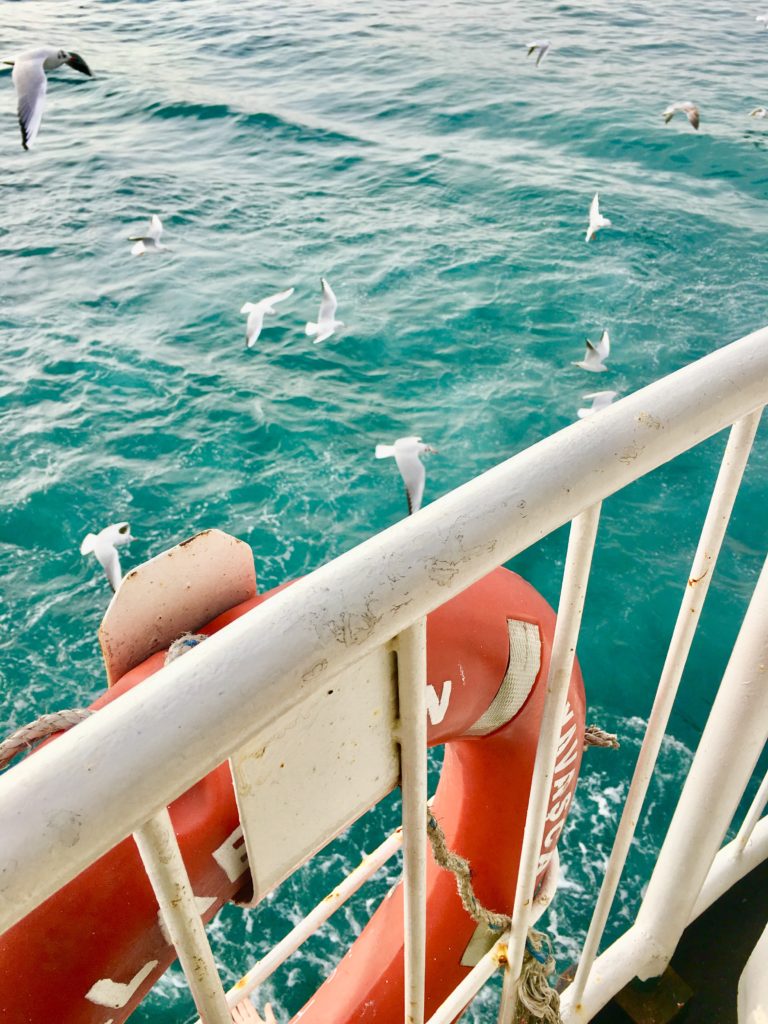
This week, on a cold but clear day, I took the ferry and crossed over to Eminönü, where I was going to meet my cousin. The view was fascinating as always and almost everyone, locals and tourists, were eagerly taking photos of the Anatolian coast, the Old City and the entrance to the Golden Horn. As we approached Eminönü, I thought of how I never get tired of looking at this beautiful scenery. The Topkapı Palace with the Justice Tower and its beautiful kitchen chimneys, the Blue Mosque and the immaculate Hagia Sofia (Aya Sofya) on the left, the Galata Tower and the Pera hill on the right. Once you are close to the pier, you see Yeni Cami (New Mosque), completed in 1663 and the Egyptian Spice Market about which I will be writing in another post.
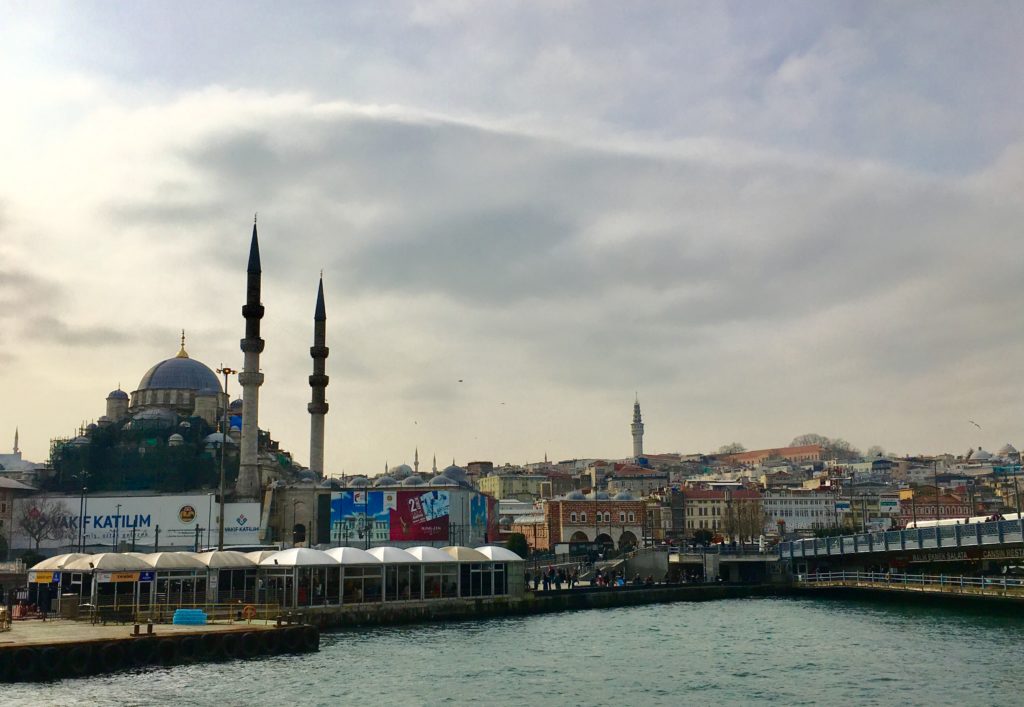
Standing with your back to the Golden Horn and facing Yeni Cami, if you walk to your left, in a few seconds you will reach the Sirkeci Railway Station (Sirkeci Garı). The station which was opened in 1890, flanks a medium sized square where today there are tram stops. Overlooking this square, there is a traditional place, Hafız Mustafa (since 1864), which would be the right place for you to taste good sahlep.
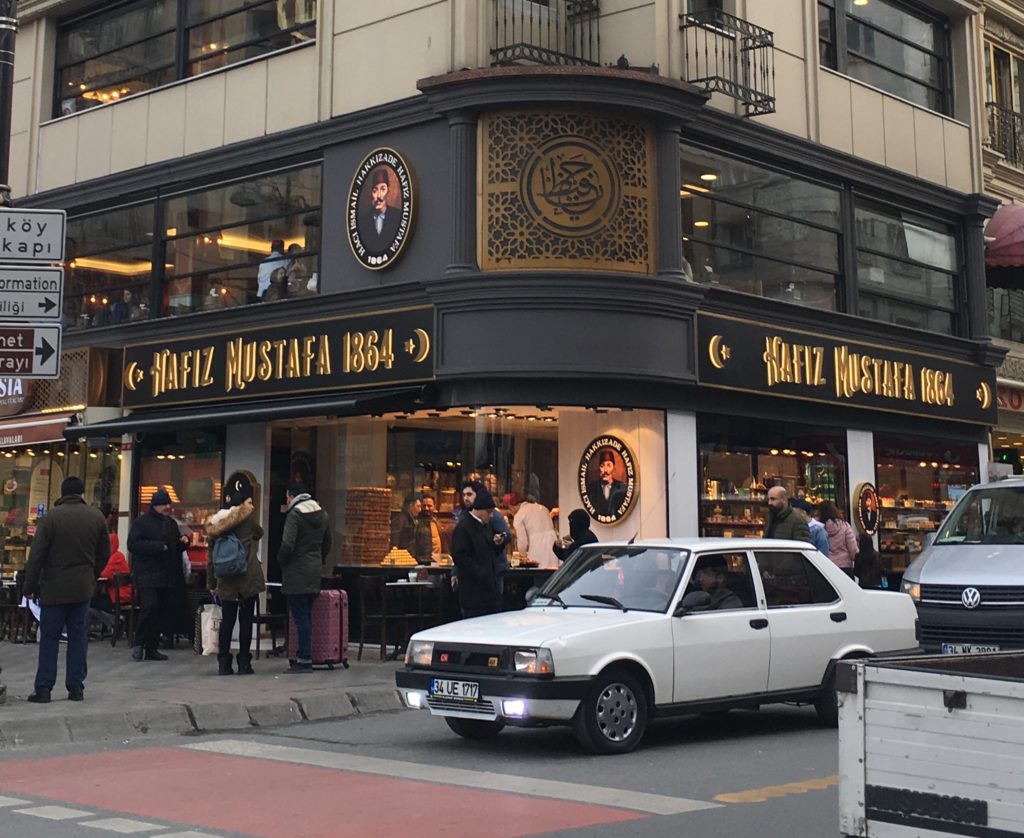
Once you go up the stairs to the second floor, you will see that Hafız Mustafa is full of locals (which is a good sign) and foreigners. Here, you can eat a variety of traditional pastries and desserts and taste hot and cold drinks.

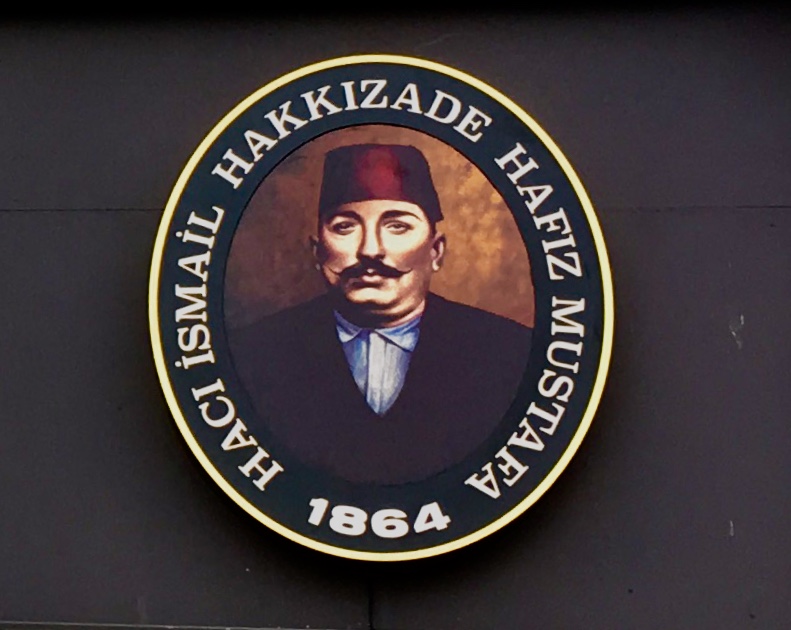
Hafız(*) Mustafa was founded by the father, İsmail Hakkı, who was from the Central Anatolia region of Turkey. His two sons eventually went their separate ways, even though they stayed in the same sector. However, it was Hafız Mustafa who was the most successful one. Between 1926 and 1938, Hafız Mustafa received prizes in the fairs organised in places such as Paris, Brussels and Liege. Apart from confectionery, baklava and other desserts, the place also became famous for its authentic creation Poğaça (now, a widespread salty pastry which goes well with a glass of Turkish tea). The family business continued for five generations after which several changes of ownership occurred. Nevertheless, the company is still loyal to its tradition and continues to operate in four different locations (Sirkeci, Eminönü, Sultanahmet and Taksim). Interestingly, Hafız Mustafa has also been an inspiration to the Colombian writer Francisco Leal Quevedo for his book, “Los Secretos de Hafız Mustafa“.
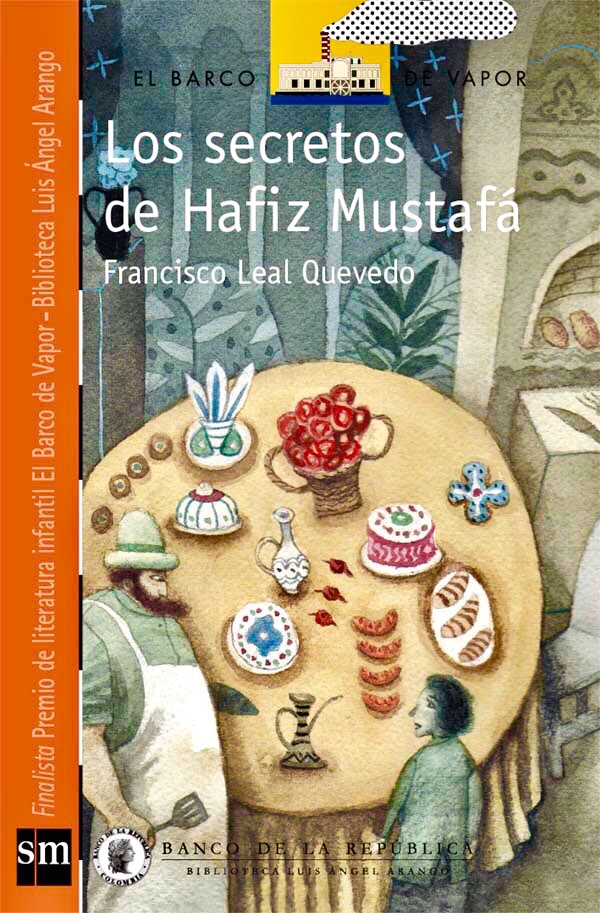
—————————————————————————————
(*)- Hafız, is someone who can recite the Quran by heart.
